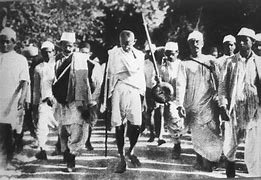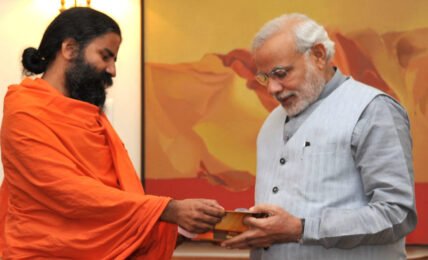Gandhism – a Success or Failure?
It is believed that Gandhi Ji was a very principled and a saint kind of person, who would never bend on something going against his principles. Many staunch supporters of Gandhian philosophy are proud to make tall claims in this regard. After a century of Gandhism, its the time to scrutinize the effectiveness of Gandhism.




